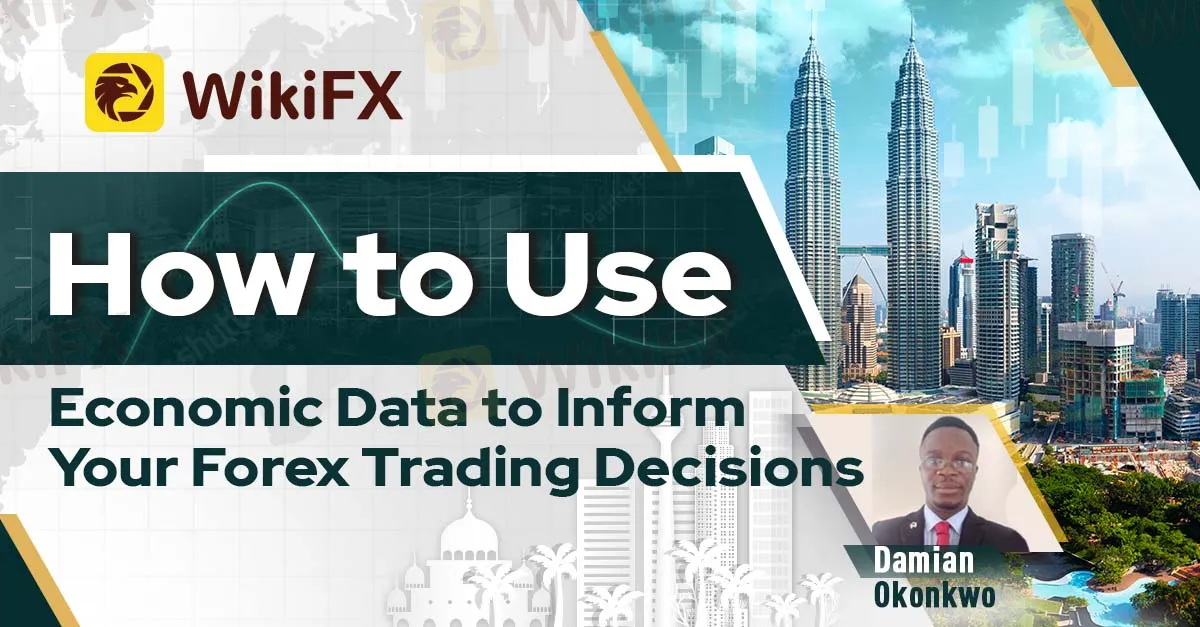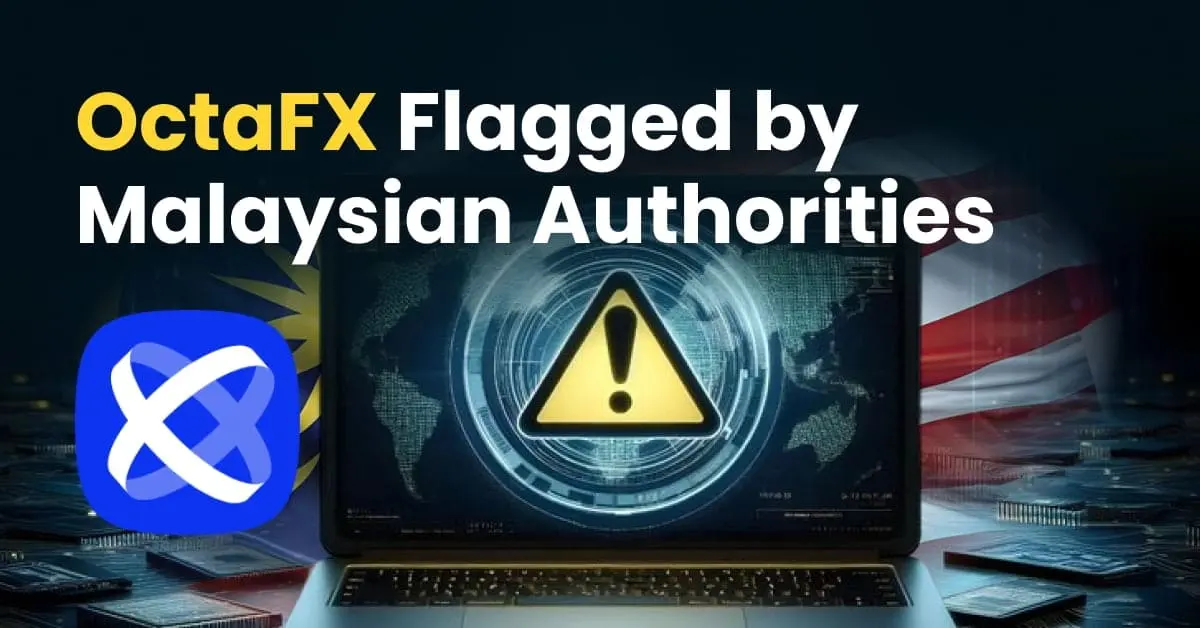简体中文
繁體中文
English
Pусский
日本語
ภาษาไทย
Tiếng Việt
Bahasa Indonesia
Español
हिन्दी
Filippiiniläinen
Français
Deutsch
Português
Türkçe
한국어
العربية
How to Use Economic Data to Inform Your Forex Trading Decisions
Abstract:While technical analysis can provide valuable insights, it's crucial to consider the broader economic landscape and consider the economic data to make informed trading decisions.

By: Damian Okonkwo

How to Use Economic Data to Inform Your Forex Trading Decisions
In the fast-paced world of forex trading, each decision made by a trader matters so much to his positions. While technical analysis can provide valuable insights, it's crucial to consider the broader economic landscape and consider the economic data to make informed trading decisions.
Economic data encompasses a wide range of indicators, such as:
● Gross Domestic Product (GDP): Reflects the overall health of an economy.
● Interest rates: Set by central banks and influence currency valuations.
● Inflation: Measures the rate at which prices increase.
● Trade balance: This gives the disparity between a country's exports and imports statistics.
● Unemployment rate: Indicates the level of economic activity.
● Consumer confidence: Shows how optimistic consumers are about the economy.
Understanding how these indicators interact and impact different currencies is essential for successful forex trading.
Using Economic Data to Make Informed Decisions
Here's how you can use economic data to make informed trading decisions:
1. Identify key economic events:
Economic calendars are essential tools for forex traders. They provide a comprehensive overview of upcoming economic events, along with their potential impact on specific currencies. By focusing on high-impact events, such as:
● Central bank interest rate decisions: Impacting currency valuations.
● Non-farm payrolls: Providing insights into the health of the U.S. economy.
● Retail sales: Reflecting consumer spending and economic activity.
● Manufacturing indexes: Indicating the strength of a country's manufacturing sector.
● Trade balance: Influencing currency valuations based on exports and imports.
2. Analyze the data:
It's crucial to not only identify key economic events but also interpret their implications. Compare the released data to forecasts and historical data to assess the surprise factor and potential impact on the market.
For example, if a central bank raises interest rates more than expected, it could strengthen that country's currency relative to others. Conversely, a weaker-than-expected GDP report could indicate a slowing economy and potentially weaken the associated currency.
3. Align your trading strategy:
Based on your analysis of the economic data, you can adjust your trading strategy accordingly. This could involve:
● Entering long positions if you anticipate a currency strengthening.
● Entering short positions if you anticipate a currency weakening.
● Exiting existing positions if the data suggests a change in market sentiment.
● Hedging your portfolio to protect against potential losses.
4. Manage risk effectively:
Economic data can be unpredictable, so it's crucial to manage risk effectively. This includes:
● Setting stop-loss ordersto limit potential losses.
● Using position sizing to avoid overexposure to any single currency.
● Diversifying your portfolio to spread risk across different currencies and asset classes.
Conclusion
By effectively using economic data, forex traders can gain valuable insights into market movements and make informed trading decisions, ultimately increasing their chances of success in the competitive world of forex trading.

Disclaimer:
The views in this article only represent the author's personal views, and do not constitute investment advice on this platform. This platform does not guarantee the accuracy, completeness and timeliness of the information in the article, and will not be liable for any loss caused by the use of or reliance on the information in the article.
Read more

OctaFX Flagged by Malaysian Authorities
OctaFX has been officially listed on warning lists by both Bank Negara Malaysia (BNM) and the Securities Commission Malaysia (SC). These alerts raise serious concerns about the broker’s status and whether it is legally allowed to operate in Malaysia.

Why Your Worst Enemy in Trading Might Be You
Be Honest With Yourself: Are You Slowly Destroying Your Trading Account?

TradingPRO: A Closer Look at Its Licences
In an industry where safety and transparency are essential, the regulatory status of online brokers has never been more important. For traders seeking to protect their capital, ensuring that a platform operates under recognised and stringent oversight can make all the difference. Keep reading to learn more about TradingPRO and its licenses.

A Guide to Intraday Forex Trading You Can't Miss Out
Intraday trading where everything happens in a day fascinates millions around India and worldwide. The drama, the hype, and the ups and downs resulting from those are nothing short of an adventure. Read this guide to ace the forex intraday trading game.
WikiFX Broker
Latest News
SkyLine Guide 2025 Malaysia: 100 Esteemed Judges Successfully Assembled
Vantage Markets Review 2025: Trusted Forex and CFD Trading Since 2009
Why STARTRADER Is Popular Among Traders?
A Guide to Intraday Forex Trading You Can't Miss Out
CONSOB Blocks Access to 13 Unauthorized Investment Websites
TradingPRO: A Closer Look at Its Licences
The world could be facing another ‘China shock,’ but it comes with a silver-lining
New SEBI Regulations on Intraday Trading
Everything You need to know about Barath Trade
IronFX Broker Review 2025: A Comprehensive Analysis of Trustworthiness and Performance
Currency Calculator


